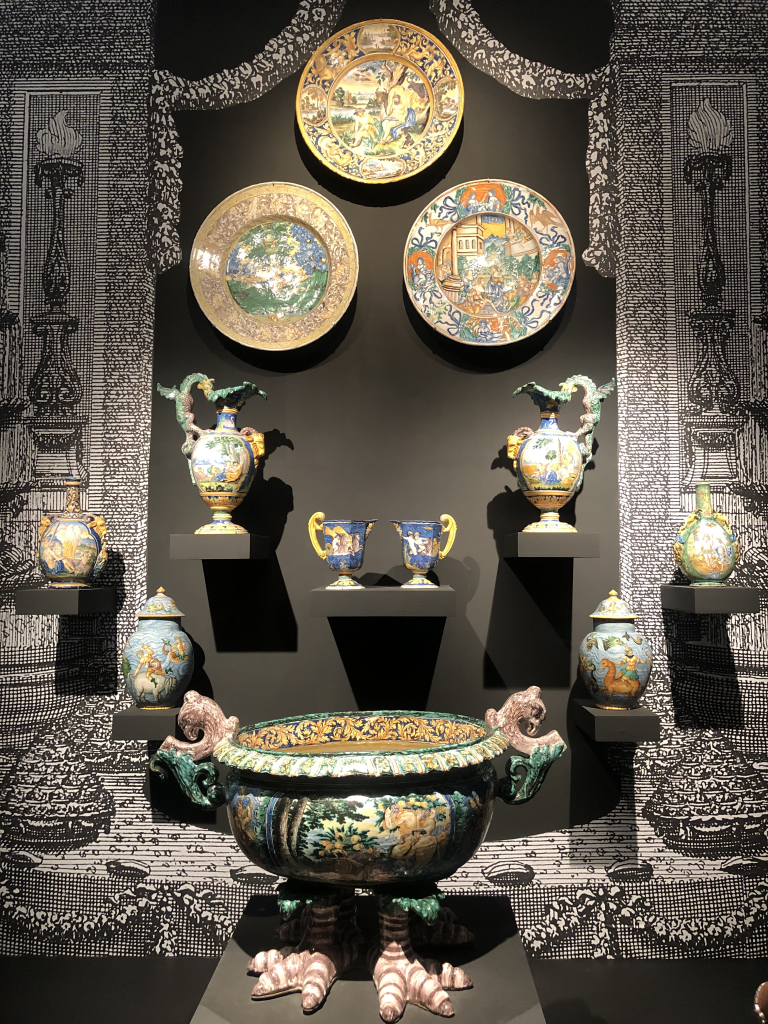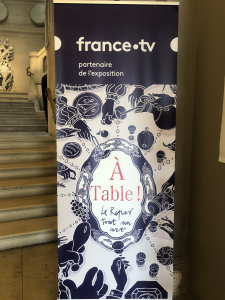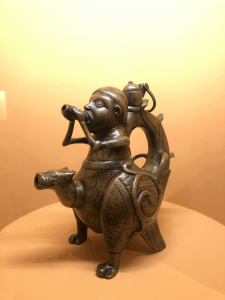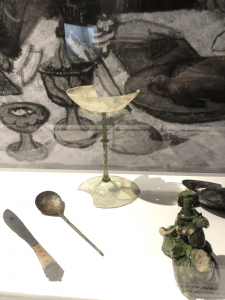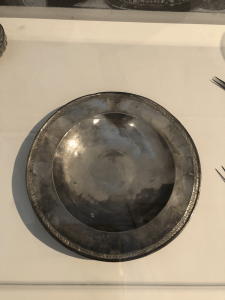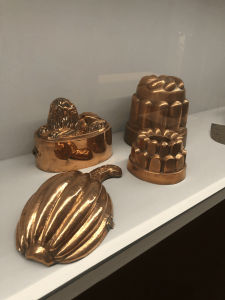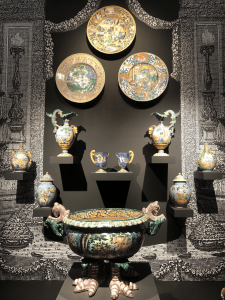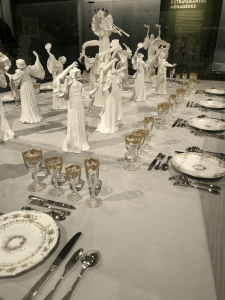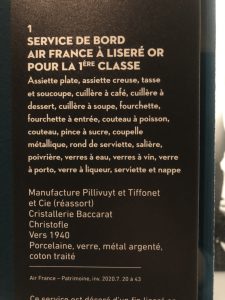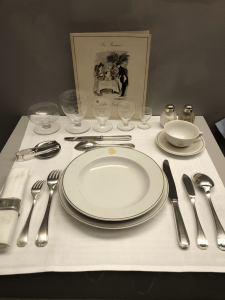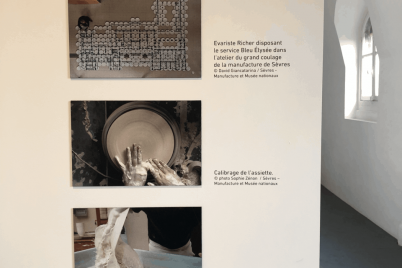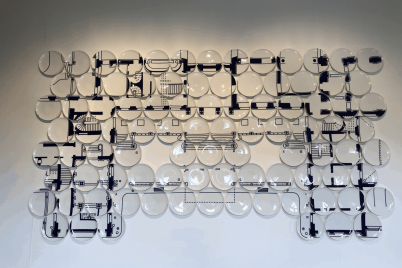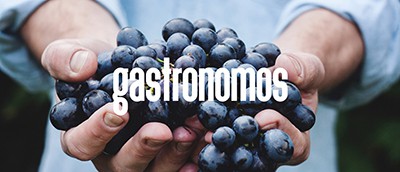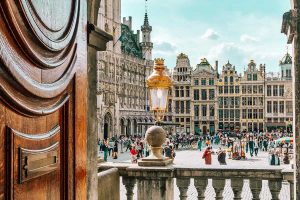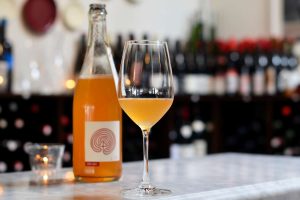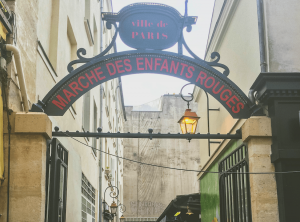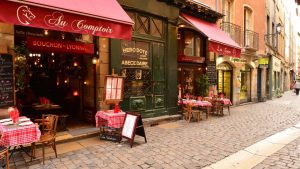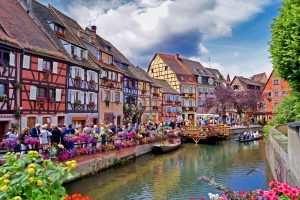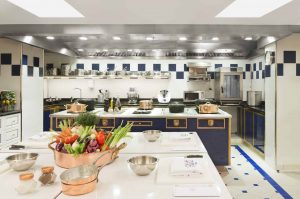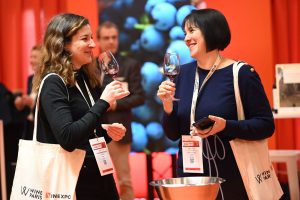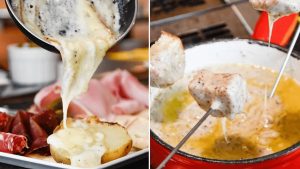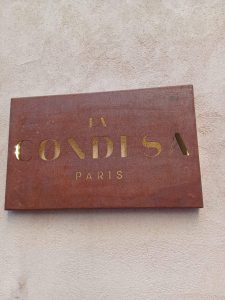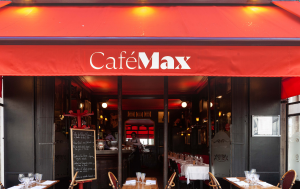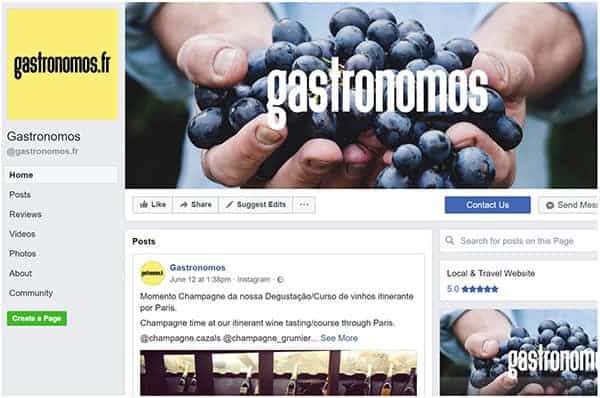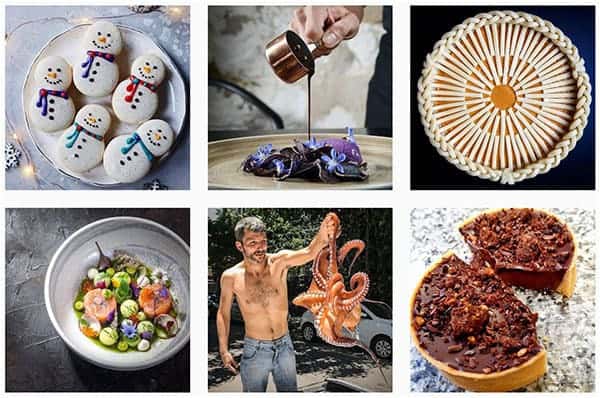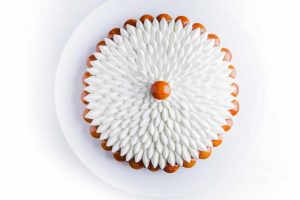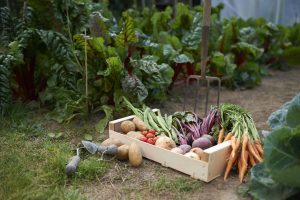When one of the most respected ceramics museums in the world, the Manufacture de Sèvres, organizes an exhibition dedicated to telling the history of French gastronomy through the art of the table, bringing works from all over the country and involving more than 50 professionals among them: historians, designers, craftsmen, scientists, chefs? You know it will be an unforgettable event. And it really was.
“À Table! Le repas tout un art” is an exhibition that retraces the history of gastronomy through the colorful path of the arts of the table. To tell the story of the evolution of dishes and food preparation, it follows the radical transformations of the ceremonial elements necessary for their enjoyment. From Gallo-Roman antiquity to the present day, this chronological plunge into a fascinating universe salutes the 280 years of existence of the Manufacture de Sèvres, a Mecca of creation, tradition, and inventiveness. For this occasion, over a thousand objects from the collections of the Musée de la céramique de Sèvres and the Musée national Adrien Dubouché in Limoges have been brought together and supplemented by prestigious loans from cultural institutions, including the Musée des Arts décoratifs, and from major French companies such as the Christofle and Saint Louis crystal works. These everyday artifacts, true works of art, tell the story of the advancement of culinary practices over time, social micro-events intrinsically linked to each person’s daily life.
The art of good food, the art of living, and the art on the table
The exhibition À Table! Le repas tout un art ” (At the Table! “The art of eating), developed around a unifying theme, opens up a broader reflection on very contemporary issues, well-being, nutrition, gastronomy, biodiversity, and ecology. The event is sponsored by pastry chef Pierre Hermé, nicknamed the Picasso of confectionery, a great maestro of gastronomy and France’s luxury ambassador abroad. With changing etiquette and protocols, reinvented ceremonies and formalities, the ritual around the meal echoes the evolution of morality. Conviviality, sharing, transmission, signs of pomp and circumstance reflect the richness of heritage and tradition. The excellence of the Sèvres Manufacture’s skills reflects the high idea of French creativity.
Exceptional and non-exhaustive scenography
The exhibition underlines the importance of the gastronomic meal. The sublime scenography designed by Jean-Paul Camargo results in an exciting experience. It highlights the diversity of the pieces, the transition and mutation of the rituals.
Porcelain and ceramics, silverware, silverware, plates, cutlery, glasses, tea and coffee sets, tureens, and cake molds are displayed along with recipe books, manuscripts, paintings, drawings, archival documents, photographs, and installations. The greatness of the set tries to exhaust the subject through the great diversity of the proposals.
Spread over seven departments, seven sections, the exhibition begins with the tradition of the Gallic banquet. Accessible only to the wealthy, it combines the Roman practice of the elongated meal with local tableware. In the Middle Ages, the table was occasionally set on nomadic trestles. There was no dedicated place. The aquamanile, a kind of pitcher typical of the time, was used to wash hands before and after the meal. The Renaissance transformed tastes and practices. The short history of the fork is ongoing.
Art de vivre la Belle Époque
Throughout the exhibition, the splendid table mounted in the room dedicated to Art Nouveau displays the magnificence of the Jeu de l’écharpe. This ensemble, designed by sculptor Agathon Léonard (1841-1923) for the Manufacture de Sèvres, consists of fifteen figures, dancers, musicians, and torch bearers. It was awarded a gold medal at the 1900 Universal Exhibition. A copy was given to Tsar Nicholas II in 1901.
In the early 20th century, the splendor of Michelin-starred palaces, restaurants and transatlantic liners was illustrated by the splendor of collections of colored and cut crystal glasses, a specialty of Saint Louis Crystal Works, which had mastered this particular technique since the late 19th century. The beauty of the series, the 3 T’s, Trianon created in 1834, Thistle in 1913 and Tommy in 1928 in honor of British soldiers of World War I is strikingly modern.
The art on the table on a diplomatic mission
The last room of the exhibition is dedicated to diplomatic services. It sheds light on the connection between gastronomy, tableware and geopolitics. To create the sumptuous services of the Presidency of the Republic, ministries and embassies, the Manufacture de Sèvres collaborated with contemporary artists: in 1953, Pierre Charlemagne, in 1960, François Rouan, in 1968, Serge Poliakoff, in 1972, Etienne Hadju and then Yaalov Agan, in 1991, Zed Poipoin, in 1992, Olivier Debré, in 1998, Pierre Alechinsky. The service created in 2018 for the Elysée, an abstract decoration in cobalt blue designed by Evariste Richer, is presented in the form of a beautiful contemporary art installation. The set, designed for 300 guests, includes 1,500 pieces.
À Table! Le repas tout un art
Until October 31, 2021 (to be confirmed)
Musée national de la Céramique
Cité de la Céramique
2 place de la Manufacture – Sèvres
